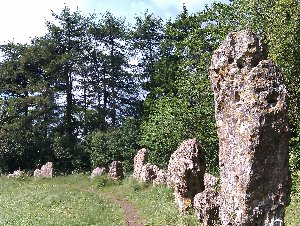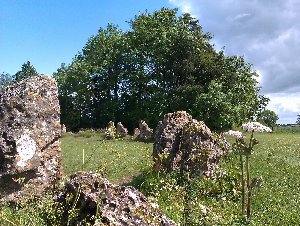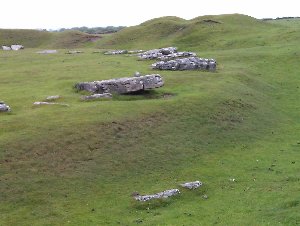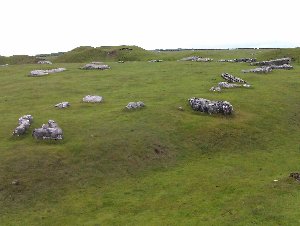



It is standard to read, when visiting stone circles – as I just did with the two above – that human remains have been found roundabouts. But just what the henge was for remains unknown.
Well, I’m sure it’s not a scientific theory, but since I’ve been taking part in constellations workshops, where the holding circle is important, stone circles have become more suggestive to me.
When people sit in circles, there are no corners in which to hide. Everyone is asked to be present, focused. What happens in the circle is, therefore, intensified. The circle acts as a kind of lens through which to study life from a different perspective. Time inside the circle is not chronological, the usual passage, but more like what the Greeks called kairos-time, a kind of cut through time that reveals something essential or fundamental. It is a minor shift of dimension.
In the therapy setting, what emerges is typically some kind of narrative or line that, quite unconsciously, has shaped the life of the person concerned. It might be, ‘I didn’t love him’, or ‘I belonged elsewhere’. It’s rarely spoken out loud, though is implicitly followed in a myriad decisions, movements, events. Brought to the surface in the constellations circle, it can be faced and thereby eased of its hold on things.
I don’t suppose stone circles were therapeutic, as that seems to be a peculiarly modern preoccupation. But perhaps the rites or gatherings that moved amongst the stones sought a take on existence that cut through the noise of everyday concerns. The perfection of the circle provided a distillation of life that revealed a core, then as now.
